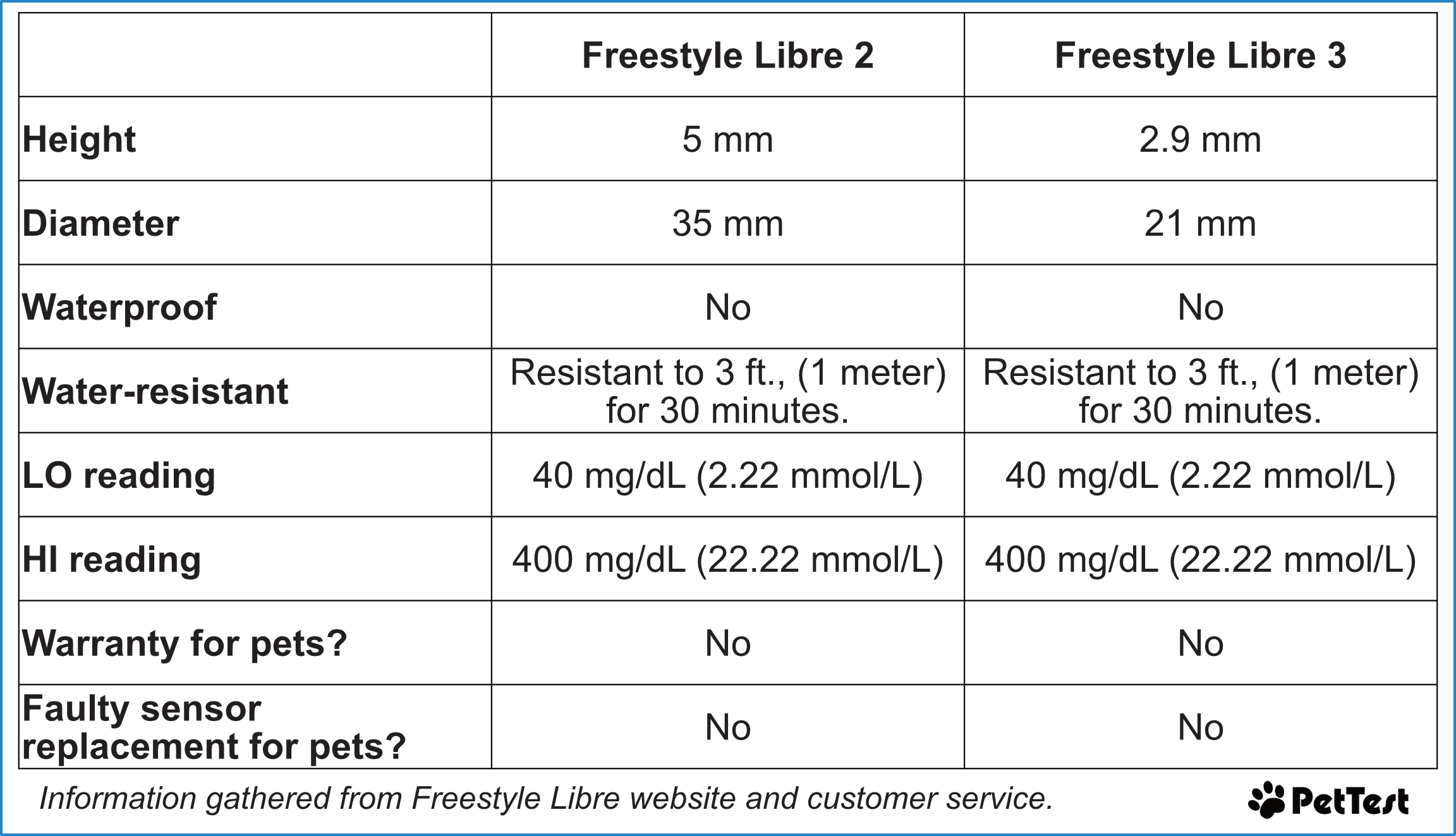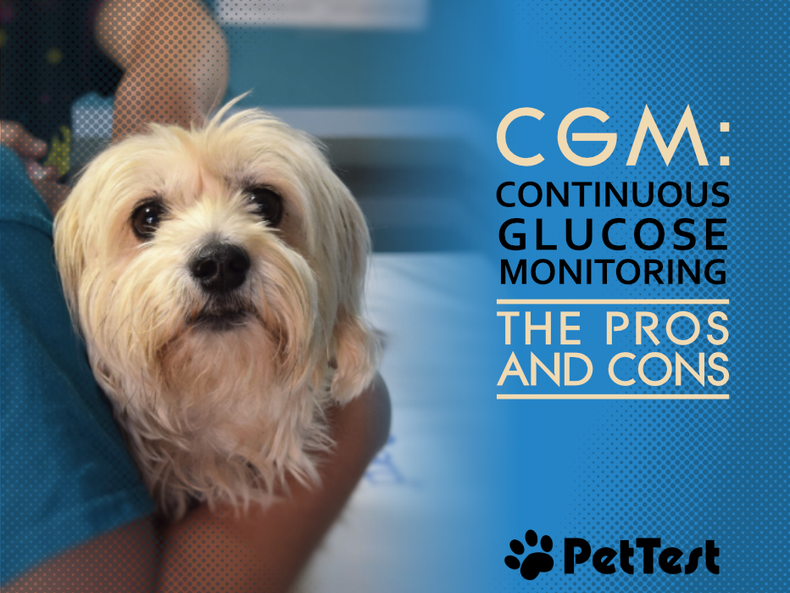CGM: Continuous Glucose Monitoring – The Pros and Cons
We have come a long way since insulin was successfully isolated on July 27, 1921 by Sir Frederick Banting and Charles Best. James B. Collip then purified that insulin for injection into a 14-year-old diabetic, Leonard Thompson in January 1922. Production of insulin began and Leonard lived until he was 27 years old. At the time this was miraculous because before the discovery of insulin, type 1 diabetics lived for approximately one year after diagnosis.
Monitoring glucose levels is critical for diabetics and the first in-hospital blood glucose monitoring system was developed in 1940. In 1980 blood glucose meters for at-home use were introduced. Technology has consistently been improved and in 1999 the first continuous glucose monitoring system was marketed.
Since 1999 the continuous glucose monitoring system has improved; they are wireless, sensors last for weeks compared to three days, the sensors are smaller and have become more affordable with the launch of the Freestyle Libre system in 2017.
We had a fair number of members in our Facebook group interested in the Freestyle Libre and in 2018 we started seeing diabetic dogs fitted with the sensors. Some members had good experiences and others did not.
We honestly weren’t sure if continuous glucose monitoring for dogs would be a trend or not, but here we are 5.5 years later. The sensors have been updated, vets suggest using them for monitoring and caregivers are now applying the sensors at home.
CGM for pets is not a trend! There are companies that are in the process of making/launching CGM specifically for dogs and cats now.
Let’s go over continuous glucose monitors, how they work, and the pros and cons of the CGM. Before I go any further I must specify that testing blood glucose levels is crucial in the management of your diabetic dog even if you use a continuous glucose monitor.
I am going over the Freestyle Libre CGM because this is the most common system used in pets. Dexcom is a well-known brand but I’ve yet to see a dog with one.
There are currently two Freestyle Libre models on the market, the Freestyle Libre 2 and the Freestyle Libre 3. The original Freestyle Libre was discontinued in 2021/2022.
What is a continuous glucose monitoring system?
A continuous glucose monitor is a system that reads glucose in interstitial fluids. Interstitial fluids is found between cells and contains water, amino acids, fatty acids, hormones, minerals and glucose.
Continuous monitoring systems use a sensor that is attached to the skin to read glucose in interstitial fluids. Components for the sensor include:
- A flexible probe (needle) that goes into the interstitial space.
- Microprocessor – processes information gathered by the probe.
- Transmitter – transmits gathered information to a reader or app.
- Adhesive tape – used to adhere sensors to the skin.
The Freestyle Libre 2 and 3 offer readers (like a handheld meter) or an app for iOS and Android.
Specs for the Freestyle Libre 2 and 3 sensors:

Sensors may not read correctly or work:
- High doses of ascorbic acid (vitamin C)
- Dehydration
- Sensor not secure
- Sensor out of temperature range of 36° - 82° F (2.22°- 27.77°C)
- First 12 hours of placement
Abbott, the makers of the Freestyle Libre system specify that whenever a sensor reading is below 100 mg/dL (5.55 mmol/L) or above 400 mg/dL (22.22 mmol/L) you must test blood glucose levels. They recommend testing blood glucose levels when you see glucose rising or falling quickly and testing blood glucose levels the first 12 hours of sensor wear.
Note: Since the latest models do not read glucose levels above 400 mg/dL (22.22 mmol/L) you will see a reading of HI on your reader or app.
It is common for sensors to come loose on dogs so adhesive is commonly used on the adhesive tape. Some brands of adhesive that are used:
- Adapt 7730 Medical Adhesive
- Skin Tac
- Vet Bond
- Tegaderm Transparent Film Dressing
Adhesive remover is often needed to remove sensors, do not pull the sensor off your dog or skin irritation or injury may occur. Adhesive removers used:
- Adapt 7737 Medical Adhesive Remover
- Uni Solve
- Detachol
We have seen dogs that have no issues with the sensor adhesive and we have seen dogs that have had bad reactions to it. This includes raw, red skin and infections.
Now that I got through the basics of the continuous glucose monitoring system I am going to go over the pros and cons.
Pros:
- Newly diagnosed dog – The caregiver of a newly diagnosed dog may not know how to test blood glucose levels or have a blood glucose meter readily available.
- Learning glucose trends – Can help with an unregulated dog or dogs with complications like hypoglycemia. Can be good for treatment in a vet setting for diabetic ketoacidosis (DKA).
- A good option if it is impossible to test your dog’s blood glucose levels.
Cons:
- Skin irritation – some dogs are sensitive to the adhesive and have bad reactions causing infections or red, raw skin.
- Sensor inaccuracy – some sensors are very inaccurate in dogs. This can be due to many different reasons including dehydration, sensor placement or bad sensor. Approximately 10-25% of properly placed sensors do not work properly or fail completely.
- Lag time – since the CGM reads interstitial fluids there is a lag between what blood glucose levels are. Estimated lag time in dogs is about 12 minutes.
- Not made for dogs – the Freestyle Libre continuous glucose monitoring systems are made for humans and while vets promote them, Abbott will not help with technical issues, refund money or replace bad sensors if they know that product is used on a dog.
- Complacency – relying on continuous glucose monitors alone can have dire consequences. If blood glucose levels are not tested to ensure that the sensor is accurate, dogs can be over-dosed on insulin or go into diabetic ketoacidosis (DKA). Blood glucose levels should be tested daily to compare against the continuous glucose monitor as they’ve been proven to be unreliable in up to 25% of sensors.
- Usage – the Freestyle Libre sensors are 14-day use for humans but it is considered acceptable to get 5-10 days usage in dogs.
- Cost – not covered by insurance and expensive, even with GoodRx in the USA the cost is $85.00 at Walmart ($155.00 without GoodRx).
I hope that today’s blog has helped educate you regarding continuous glucose monitoring systems and that you understand the pros and cons of using them.
In the future continuous glucose monitoring systems could be an exciting new advancement in home monitoring… for now the jury is out as results are mixed. And don’t forget that if you choose to use a CGM you must test blood glucose levels as well, this ensures that your dog is safe! If you don’t know how to test blood glucose or need support, please join our Facebook group and we can help you learn proper technique for monitoring your dog’s blood glucose.
If you have any questions, comments or suggestions, please start a conversation below.
For a printable version of this blog click here.
Until next week stay comfy, don’t stress and you got this!
Michelle Miller-Matlock
AAHA Certified Diabetes Educator
Founder/Administrator of DDO: Diabetic Dog Owners University
Administrator of Diabetic Dog Owners on Facebook
Want to learn all you can in a simple and easy to follow format? Please join DDO-U: Diabetic Dog Owners University , graciously sponsored by PetTest.
Be sure to join the PetTest family on Facebook and Instagram. PetTest has fun, interactive posts AND they have fabulous giveaways every week!
Do you need a blood glucose meter kit for your diabetes arsenal? Click here to purchase one today!

